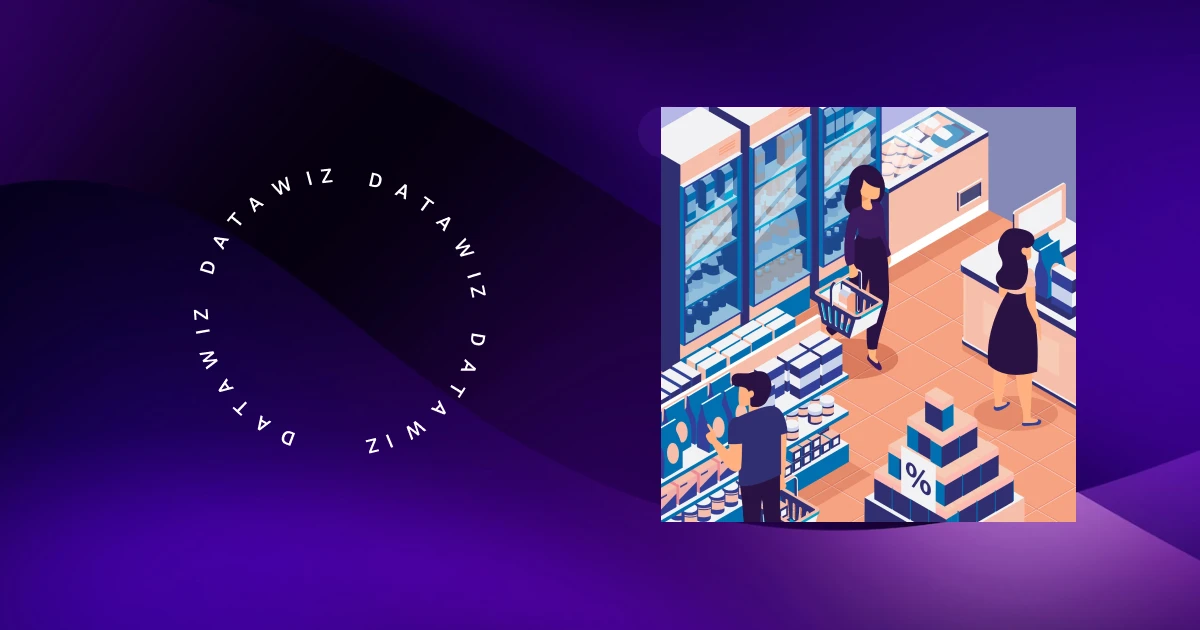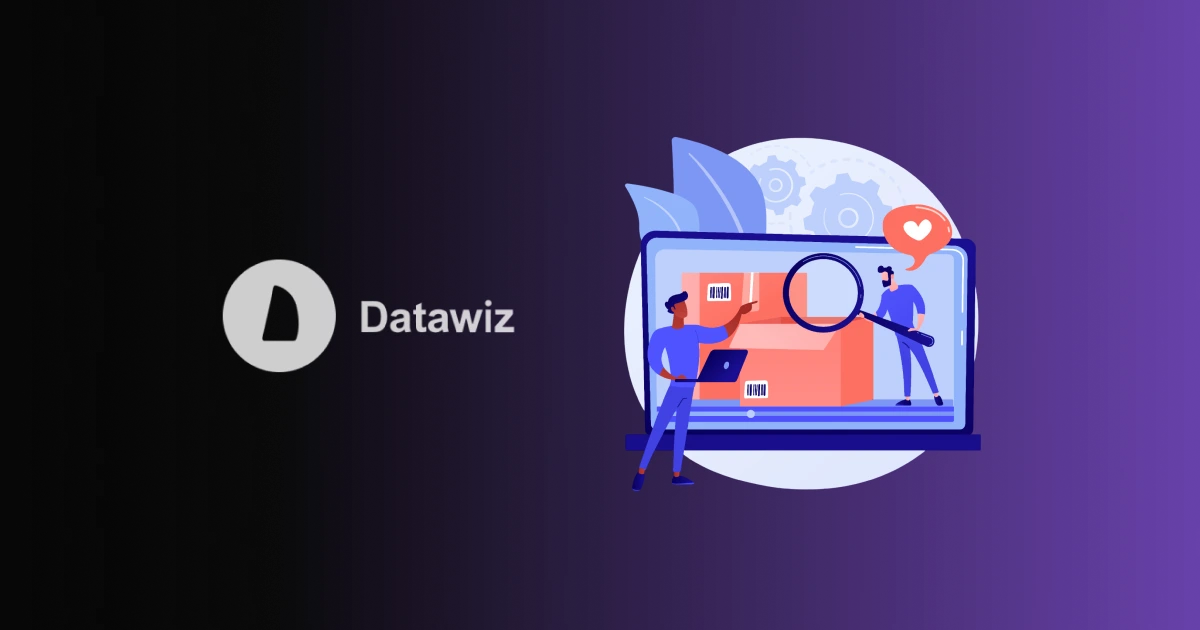When it comes to retail, few dates carry as much weight as Black Friday. The annual shopping event marks the peak of consumer spending and sets the tone for the rest of the holiday season. For businesses, especially those in the competitive retail landscape, the question isn’t whether to participate—but how to prepare your business for Black Friday in a way that maximizes sales, optimizes operations, and enhances customer experience.
In recent years, BFCM weekend (Black Friday and Cyber Monday) has evolved from a one-day shopping frenzy into a multi-week retail marathon. Success now depends on preparation, precision, and the ability to make data-driven decisions. That’s where Business Intelligence (BI) transforms from a supporting tool into a strategic powerhouse.
Strategic Planning and the Black Friday Checklist
Every successful Black Friday sales strategy begins months before the event. Retailers that outperform competitors don’t rely on last-minute marketing pushes—they follow a clear, data-informed Black Friday checklist to prepare every aspect of the business.
1. Analyze Last Year’s Performance
Begin with a deep dive into last year’s BFCM data. Evaluate your KPIs—sales volume, conversion rate, top-selling products, and customer acquisition costs. Identify what worked, what underperformed, and where bottlenecks appeared. This historical perspective forms the foundation for better forecasting and inventory planning.
2. Align Teams and Resources
Black Friday success depends on cross-departmental alignment. Your marketing, logistics, and operations teams must work toward a shared goal. Define clear KPIs for each department—such as order fulfillment time, customer response rate, or sales per hour—to ensure accountability and agility during high demand.
3. Optimize Inventory and Supply Chain
Stockouts and overstock are two sides of the same costly problem. Effective preparation means refining demand forecasts, negotiating with suppliers, and verifying supply chain resilience. Many leading retailers now use predictive analytics to optimize order quantities and delivery schedules.
4. Strengthen Marketing Campaigns
While BI provides the insights, your marketing team must translate them into action. Segment your audience, tailor your promotions, and ensure consistency across all communication channels. Emphasize urgency with limited-time offers and personalized discounts while tracking performance through measurable KPIs.
5. Test Systems and Operations
Whether it’s your POS terminals or customer support systems, every operational process should be stress-tested ahead of BFCM weekend. Anticipate peak loads and simulate real-world shopping conditions. Well-tested systems prevent downtime and guarantee a seamless experience for customers.
By completing these initial steps, your business builds a resilient foundation for the influx of activity that defines Black Friday. Yet even the most organized retailers can struggle to make sense of the flood of data that follows. That’s why the next step is crucial—leveraging Business Intelligence to make your strategy truly data-driven.
How Business Intelligence Empowers Black Friday Success
Modern retailers face unprecedented complexity during BFCM. Product assortments grow, customer expectations evolve, and competition intensifies. Business Intelligence (BI) solutions bridge this complexity by transforming vast amounts of operational data into actionable insights. Let’s explore how BI helps retailers prepare, execute, and refine their Black Friday sales strategies with precision.
Demand Forecasting
Predicting demand is the cornerstone of successful preparation. BI tools analyze historical sales data, seasonal patterns, and market trends to produce accurate demand forecasts. This allows retailers to stock the right products in the right quantities at the right time.
A well-implemented BI strategy can reduce supply chain mistakes by 20–50%, cutting lost sales by up to half. This precision minimizes both overstock and stockouts—two of the most damaging issues during BFCM weekend.
Customer Segmentation
One-size-fits-all promotions are a relic of the past. BI allows retailers to segment customers by demographics, and purchase frequency. With these insights, you can tailor your offers to the right audience segments, increasing engagement and conversion rates.
Retailers using BI for customer segmentation report up to a 25% lift in conversions due to personalized marketing. During Black Friday, when every second counts, personalization becomes a revenue multiplier.
Price Optimization
Pricing is dynamic during Black Friday—competitors adjust their prices minute by minute. BI tools provide real-time market analysis, allowing retailers to adjust prices dynamically and protect margins.
Marketing Effectiveness
BI takes the guesswork out of marketing performance. Instead of waiting for post-event reports, you can monitor campaigns in real time. By tracking website traffic, engagement, and conversions, retailers can redirect ad spend to the highest-performing channels instantly.
On average, businesses using BI for campaign optimization experience an 8–12% improvement in marketing ROI. More importantly, they can adjust messaging mid-campaign—an advantage that often defines Black Friday winners.
Inventory Management
BI enables real-time visibility into inventory across stores, warehouses, and regions. Retailers can identify low-stock items before they become unavailable and reduce excess stock that ties up capital.
Predictive analytics integrated into BI systems lead to a 15% annual reduction in inventory costs while maintaining product availability. This not only improves profitability but also ensures customers find what they’re looking for during high-demand periods.
Operational Efficiency
From procurement to delivery, BI enhances operational efficiency. By analyzing workflow data, retailers can pinpoint bottlenecks in order fulfillment, staffing, and logistics. In 2022, retailers using BI tools reported a 65% boost in operational efficiency—meaning smoother operations and faster deliveries during the busiest shopping period of the year.
Real-Time Monitoring
During BFCM weekend, agility is everything. BI dashboards provide real-time updates on sales, revenue, and customer activity. Retailers can track KPIs—like average transaction value, units per transaction, or store traffic—minute by minute.
This real-time visibility allows decision-makers to pivot instantly, whether it’s reallocating staff to high-traffic areas or adjusting promotions for underperforming products.
Post-Event Analysis
Once the Black Friday rush is over, BI tools deliver post-event analytics that highlight what worked and what didn’t. These insights inform planning for the next cycle—enabling continuous optimization of marketing, pricing, and operations.
Retailers using BI-driven post-event analysis consistently achieve higher year-over-year growth by implementing lessons learned from the previous BFCM weekend.
Leveraging Location Intelligence in Business Intelligence
Location intelligence is one of the most powerful—and underutilized—components of modern BI. It reveals how customers interact with your physical stores, guiding smarter layout designs, staff allocation, and regional promotions.
By integrating spatial data into BI systems, retailers can:
- Optimize store layouts to improve navigation and sales flow.
- Analyze regional demand to tailor product assortments by geography.
- Use indoor mapping to identify high-traffic zones and adjust product placement.
This data-driven approach helps retailers not only perform better on Black Friday but sustain performance improvements year-round.
Enhancing Store Performance Through BI Insights
BI tools are not limited to dashboards—they provide actionable guidance that directly improves store operations. By analyzing sales data and customer movement patterns, retailers can refine store hours, optimize staffing, and improve customer satisfaction.
- Foot Traffic Analytics: Understand peak hours and allocate staff efficiently.
- Customer Loyalty Metrics: Identify patterns among returning customers to refine engagement strategies.
- Product Placement Optimization: Position high-margin items in high-traffic zones to maximize visibility and sales.
These granular insights create a smarter, leaner retail operation that thrives even under the pressure of BFCM weekend.
Turning BI into Year-Round Growth
While how to prepare for Black Friday is an urgent question every retailer faces, the long-term value of BI lies in continuous improvement. The same systems that forecast demand and optimize prices for November can drive smarter decisions every day of the year.
A unified BI platform likeDatawizempowers retailers with end-to-end retail analytics—connecting sales data, inventory, and performance metrics into a single source of truth. With such tools, retailers gain the clarity and agility needed not only to dominate Black Friday, but to sustain success through every season.
Black Friday isn’t just about offering discounts—it’s about precision, strategy, and execution. Retailers who master Business Intelligence aren’t reacting to the chaos; they’re orchestrating it.
By combining early preparation, a comprehensive Black Friday checklist, and advanced BI-driven insights, your business can transform BFCM weekend from a logistical challenge into a powerful opportunity for growth.
 What's new?
What's new?





 No credit card required
No credit card required